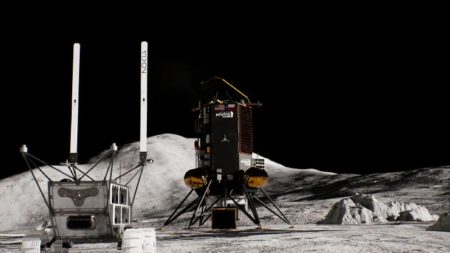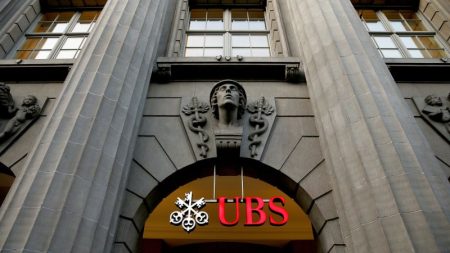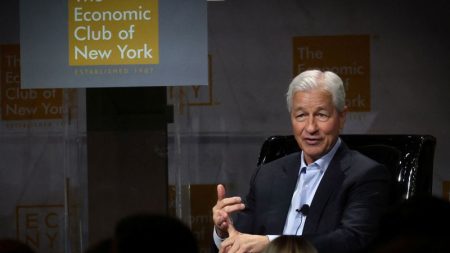During the March meeting of the Federal Reserve, officials expressed concerns about slowing inflation but also noted that recent increases in inflation had been broad-based. The Fed decided to maintain its key interest rate at 5.25-5.5%, emphasizing the need to see more evidence that inflation is moving towards their 2% target. However, the latest Consumer Price Index report showed consumer prices rising by 3.5% in March, surpassing expectations. Surging gas prices and high rent and mortgage costs were cited as the main contributors to the increase.
The unexpected rise in consumer prices sparked fears on Wall Street and led to a sell-off in stocks while bond yields surged. The odds of a rate cut in June decreased following the CPI report, with Goldman Sachs and Bank of America revising their predictions for when the first cut might occur. The strong services inflation in recent months has raised concerns about sustained demand strength and limited the Fed’s ability to ease policy. While officials expressed confidence that inflation would return to 2% in the medium term, the persistence of elevated inflation levels poses a challenge.
Last year, inflation slowed due to improved supply-side conditions, but it remains uncertain whether these factors will continue to drag inflation lower this year. The timing of the first rate cut is critical for the Fed, as cutting too soon or too late can have economic repercussions. Powell has acknowledged that the road to achieving 2% inflation will be bumpy, with some policymakers questioning whether recent inflation increases should be viewed as statistical anomalies. The Fed is closely monitoring data to assess the state of the economy and the trajectory of inflation.
The recent increase in inflation has raised concerns about the possibility of sustained high inflation, which could lead to prolonged high interest rates. Some analysts are revising their predictions for when the Fed might consider cutting rates, indicating a shift in market sentiment. Powell’s comments about seasonal factors potentially contributing to the disappointing inflation readings at the beginning of the year highlight the complexity of the factors influencing inflation. Policymakers will need to carefully consider the implications of any rate cuts on the economy and adjust their strategy accordingly.
While the Fed remains optimistic that inflation will eventually return to 2%, the current economic conditions point to potential challenges ahead. The impact of rising consumer prices and the broader economic environment have sparked uncertainty in the market. The Fed’s decision on when to cut rates will be crucial in navigating the current inflationary pressures while also ensuring economic stability. With inflation showing no signs of abating, the Fed faces a delicate balancing act in managing interest rates to support economic growth while taming inflationary pressures.















